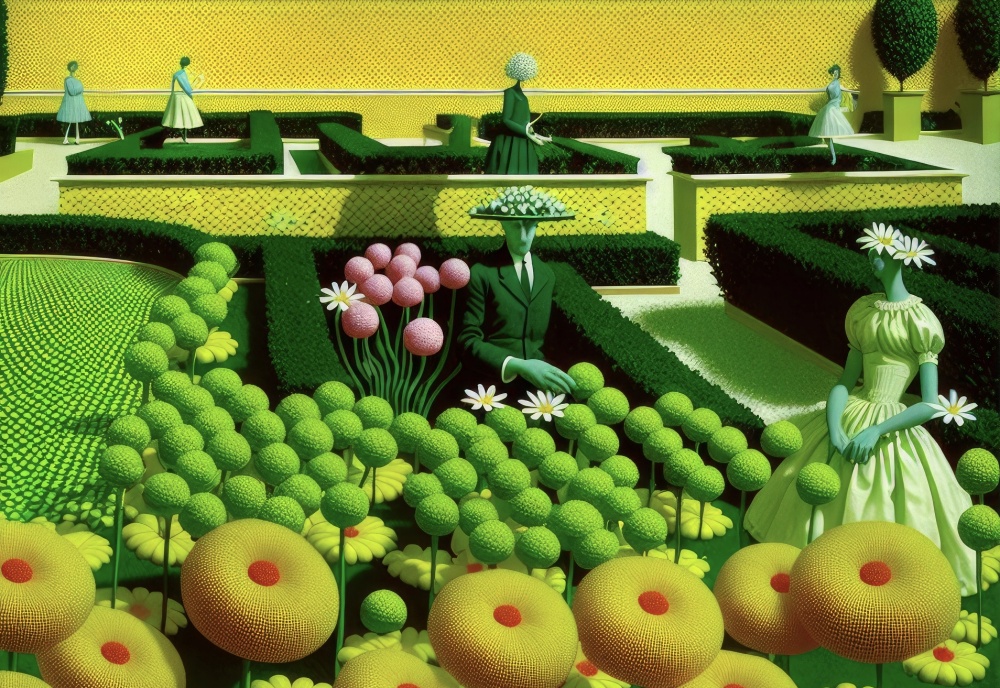
The program is implemented in the framework of the "Petőfi200" commemorative year.Continue reading
Hungarian artworks and installations presented at this year’s festival of lights in the Belgian capital attracted around 10,000 visitors to the Liszt Institute Brussels every evening.
Zsófia Kovács, director of the Liszt Institute Brussels, pointed out that the Hungarian performances, video installations, and exhibitions made the Liszt Institute Brussels one of the most attractive venues of the four-night-long event in Brussels, with the expected 40,000 visitors. The festival was held between February 15 and 18.
This year’s event, in the context of the Belgian Presidency of the Council of the European Union, put Europe and its values in the spotlight, including the work of Hungarian artists,”
said the director.
The Hungarian cultural institute’s program for the Bright Festival included a video installation by digital artist Dávid Szauder entitled “Illuminated canvases,” using artificial intelligence to bring life to the works of Hungarian and Belgian painters. The video installation, originally designed for a house wall and later converted into an interior space, interweaves European cultural values with digital innovation.
The ‘Illuminated canvases’ is both a visual treat and a thought-provoking journey, highlighting the role of innovation in the care of cultural treasures,”
the director explained.
A bejegyzés megtekintése az Instagramon
The program also includes Hungarian-born Victor Vasarely’s “Multiplika,” a screened plexiglas installation. The exhibition, in collaboration with the Light Art Museum Budapest, was conceived by László L. Laki.
On the evenings of the festival, composer Rozi Mákó and media artist Bori Mákó, performed “Endless,” a joint musical and visual performance. The audio-visual performance is a composition of fragments of digital paintings and live soundscapes.
Via MTI, Featured image: Facebook/visit.brussels